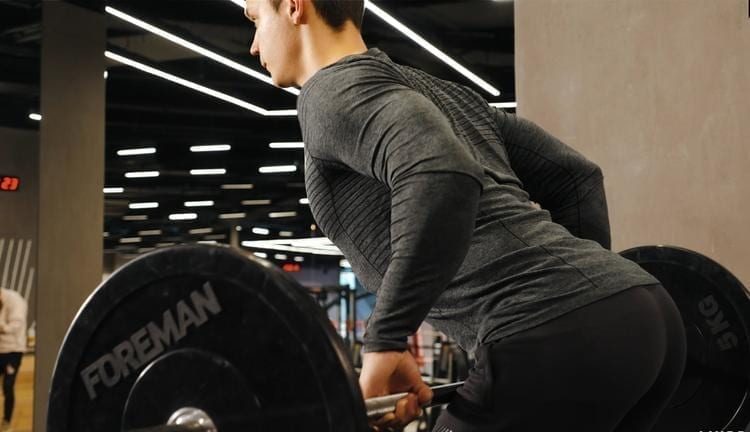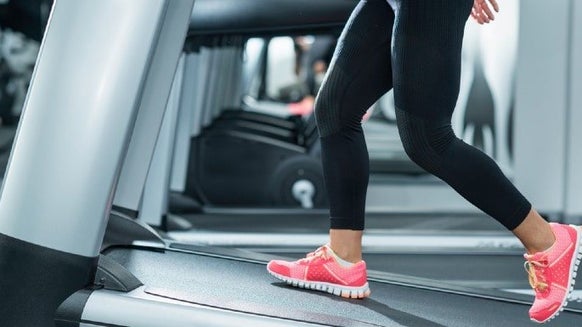How To Do A Trap (Hex) Bar Deadlift | Benefits & Technique

Whether you’re new to training or a seasoned gym-goer, you’ve probably seen or performed some form of deadlift. If you haven’t, don’t worry — we’re going show you how.
What is a trap (hex) bar deadlift?
A trap (hex) bar deadlift is a cross between a squat and a conventional deadlift, which puts less stress on the body, particularly your back.
This deadlift is performed by standing in the middle of the hexagonal-shaped bar, hence the name ‘hex’, that helps to increase pulling power and velocity.
The muscles targeted in a trap (hex) bar deadlift
The trap (hex) bar deadlift targets multiple muscles at the same time including the glutes, quads, hamstrings, erector spinae (lower back), and trapezius (traps).
This deadlift places less pressure on your back than a straight bar deadlift, due to the slightly different body angle, whilst at the same time still being a big, strong movement.
How to perform the trap (hex) bar deadlift
https://youtu.be/3O6jAeEvELU
Model Ivan (
)The only equipment you’ll need is a trap bar and some weights.
1. Stand in the middle of the trap bar with your feet hip-width apart and your feet facing forward.
2. Lower yourself down by bending your knees, so you can firmly hold the handles at your sides.
3. Sit your hips back, keep your back flat, push your chest out, and engage your core.
4. Drive yourself upwards, like you’re standing up, pushing through the floor and finishing in a vertical position. Remember to squeeze your glutes at the top and keep your back straight.
5. Lower the bar back down to the ground, keeping it under control throughout the whole movement.
Common mistakes of the trap bar deadlift and how to fix them
Injury can be very common whilst performing deadlifts so it’s important to focus on technique. Remember to stay in control of the movement, take your time, keep the correct form and you shouldn’t go far wrong.
Arched or rounded back
Arching your back during the trap bar deadlift will place a lot of pressure on your back, increasing your risk of injury.
The last thing you want is an injured back, as this will not only restrict you in the gym but in everyday life. Remember to keep your back flat or neutral and don’t go overboard on the weight.
Variations of the deadlift and alternative exercises
1. Sumo Deadlift
Like the sumo squat, the sumo deadlift involves placing your feet at a wider stance (facing outwards) with your hands inside to your feet.
The sumo deadlift shortens the range of movement, allowing you to lift heavier, while targeting your quads, hamstrings, glutes, and traps.
Your starting position will be a wide stance (wider then shoulder-width apart) with your feet facing outwards under the bar. Your arms should be below your shoulders, relaxed, and inside your legs as you grip the bar.
2. Block Deadlift
Similar to the conventional deadlift, the only difference here will be that you lift the bar from blocks (plates). This will lower the range of motion and enable you to lift more.
Take Home Message
The trap (hex) bar deadlift is a great exercise to improve overall strength and physique, targeting multiple muscles simultaneously.
Trap (hex) bar deadlifts are the ideal exercise for everyone, but remember to use the correct technique and make steady progression over time.











